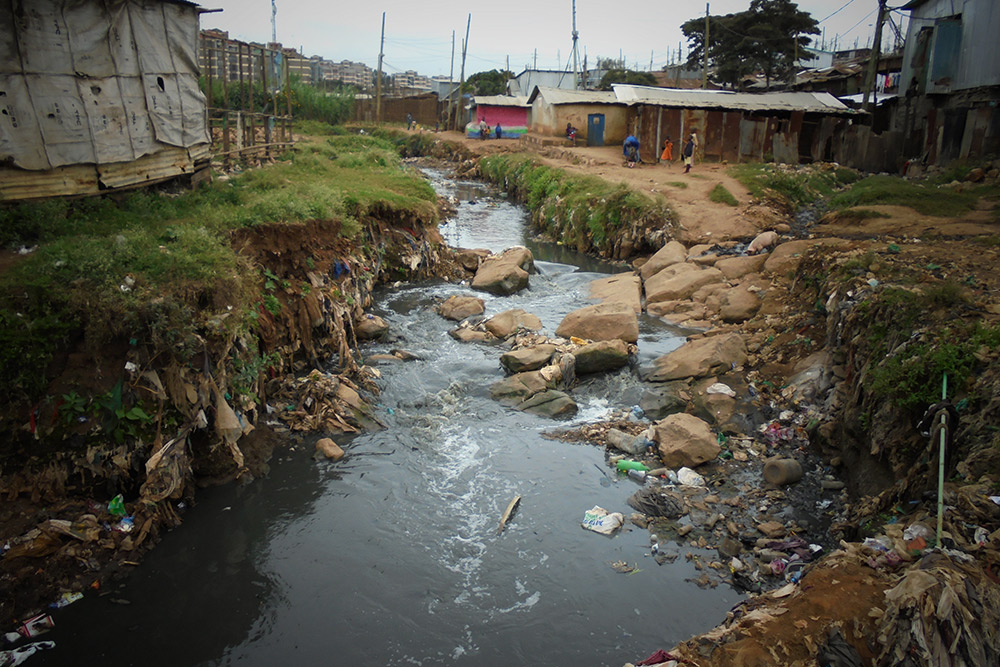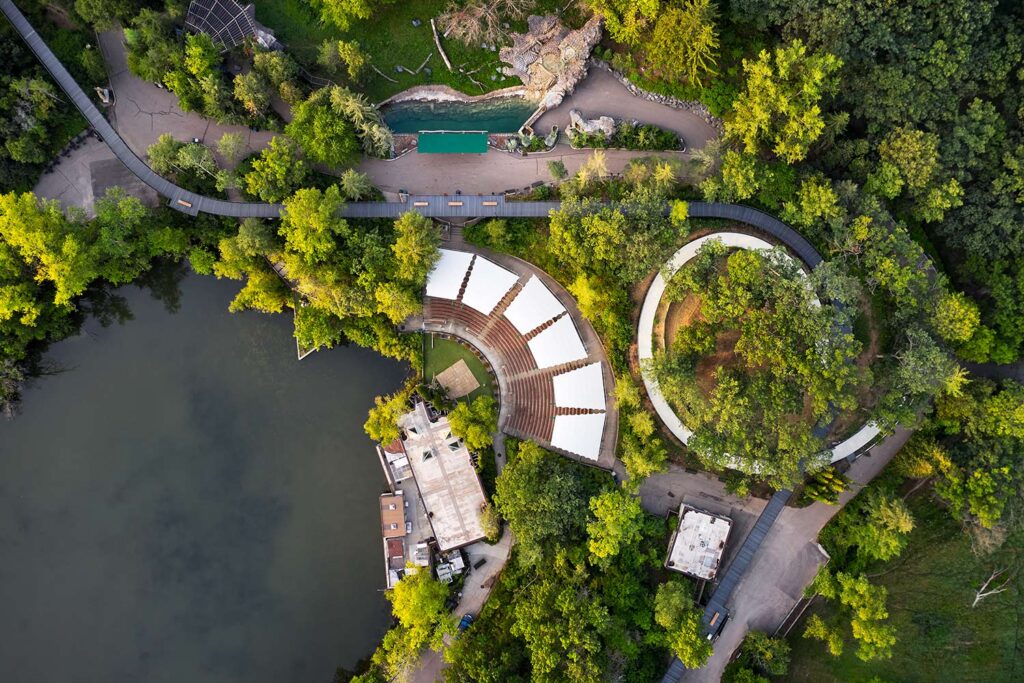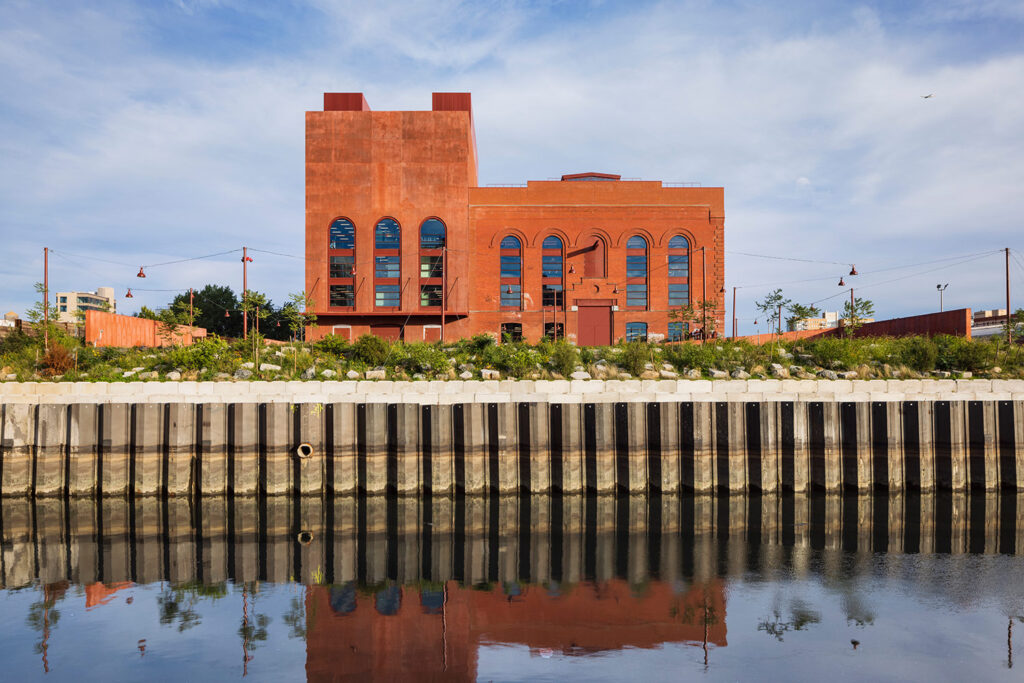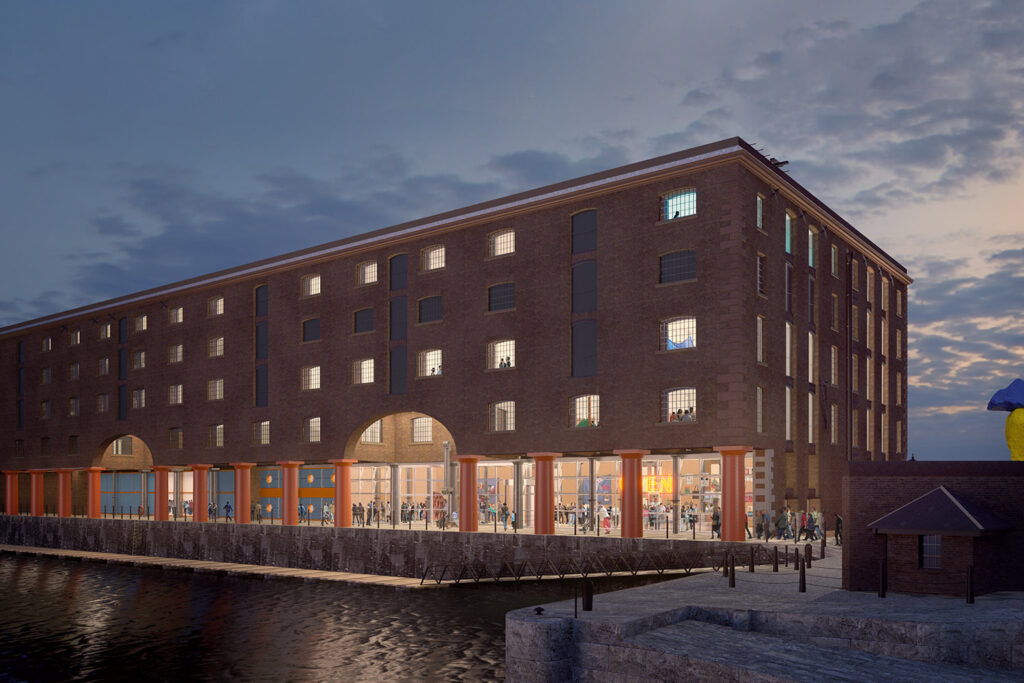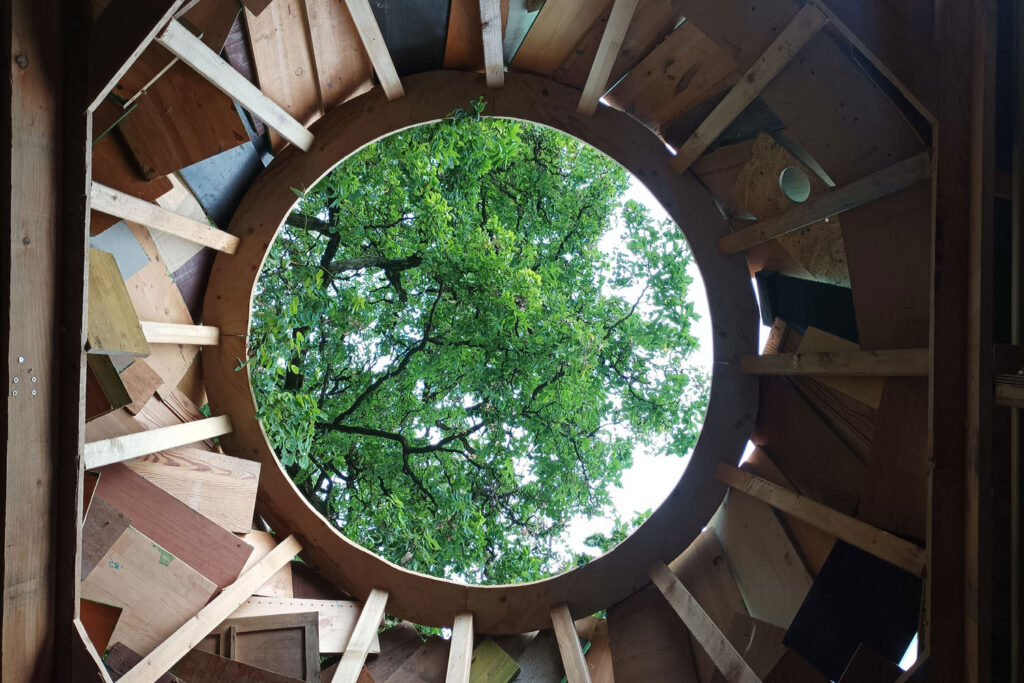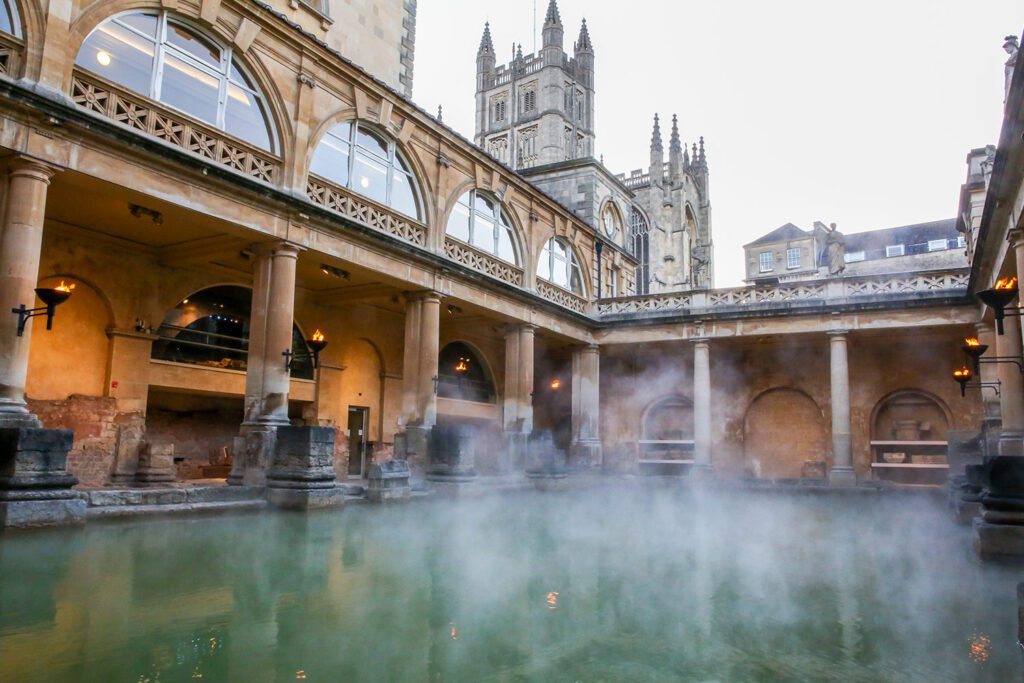
Roman Baths Hot Spring Water Heat Recovery System
Bath, UK
Project details
Client
B&NES
Collaborator
ISO Energy (energy blade installation contractor)
Duration
2015-2022
Services provided by Buro Happold
The Romans swiftly saw the potential of Bath’s natural hot springs, naming what would later become the city of Bath “Aquae Sulis” in their honour, and building a temple on the spring site within the first few decades of their occupation. By the time they departed in the 5th century AD, they left behind a sophisticated bath house complex beside the temple.
Rainwater on the Mendip Hills percolates through limestone aquifers to a depth of between 2,700 and 4,300 metres, where geothermal energy raises the water temperature to between 69C and 96C. Under pressure, the heated water rises along fissures and faults in the limestone, until it bubbles up from the ground at a few sites in the city centre at a temperature of around 45oC.
Bath & North East Somerset Council (B&NES), which runs the Roman Baths visitor attraction, has ambitious targets to achieve net zero carbon across its estate by 2030. Using the natural heat of the thermal springs to help reduce the dependency on gas powered heating at the venue, has been a key goal for the local authority for a number of years, but the process of successfully designing and installing the required infrastructure has faced a range of unique challenges.
Challenge
Buro Happold was initially engaged by the neighbouring Bath Abbey to examine ways of recovering heat from the hot springs. The water runs in a culvert system known as The Great Drain, which flows under the abbey courtyard after leaving the Roman Baths before being released into the Avon. We devised a system for the Abbey that used heat exchangers to extract some of the energy from this wastewater to help to heat the medieval church building.
Inspired by the success of this project, B&NES approached Buro Happold to conduct an initial feasibility study seven years ago, to see if a similar system could work to heat the Roman Baths visitor attraction and neighbouring Roman Baths Clore Learning Centre and Bath World Heritage Centre.
Part of the attraction’s visual impact is created by the steam rising from the Roman baths, so the client was cautious about cooling the water too much. However, the system we proposed could generate 100 kW, while only cooling the bath water from 44C to 41C – meaning there will still be plenty of steam rising from the surface.
The biggest challenge facing the design team is the chemistry of the thermal waters. High in mineral content, the bubbling waters cause most metallic infrastructure to either corrode or clog-up with algae within just a few months.

Solution
The design supplements the existing gas-fired heating system at the attraction, significantly lowering the building’s use of gas, and thereby lowering its operational carbon footprint. The 100kW generated by the new system represents about a third of the venue’s peak heating load but will contribute around half to two thirds of the annual energy usage.
The main hot spring in the city rises at the King’s Bath, which is within the Roman Baths complex. The project involved installing a series of heat exchangers on the base of the King’s Bath, using high grade stainless steel to guard against algae and minerals in the oxygenated water.
The “energy blades” – submerged heat-exchangers – are connected to a closed-loop heating system, which means that the water in the system itself is normal radiator water, rather than the highly mineralised hot spring water, which would quickly corrode the pipes.
After developing the design of the system run on low temperature heat pumps, the client wanted to maximise the heat output and carbon saving late in the project. Accordingly, the system was redesigned to utilise high temperature heat pumps with components sized to provide the potential to increase the future heating capacity of the system.
The final design took advantage of the quickly evolving heat pump technology, and required a redesign of the energy blades grid, increasing it from the original plan for eight heat exchangers to a grid of 16.
The high temperature heat pump elevates the temperature of the water from 45C to 65-75C, before it is pumped around the building to warm the radiators in each of the rooms. We designed the new plant room for the system, which will occupy a basement room beneath Stall Street.
As this space is above the remains of sections of the original Roman Temple, archaeologists were brought in to investigate the ground in this section of the building before the new equipment could be installed. As the Victorian basement space was not well sealed, we also had to add a waterproofing layer to the basement ceiling before installing the new plant.

Value
Our experts delivered a bespoke system to provide sustainable energy, overcoming a range of complex challenges.
The system will provide both carbon and cost savings for the local authority for years to come and support its targets to reach net zero carbon across its estate by 2030.
Attracting thousands of visitors each year from around the world, the venue can also showcase the infrastructure to raise the profile of the council’s work to tackle the climate crisis and to inspire visitors to learn more about achieving a net zero carbon future.








